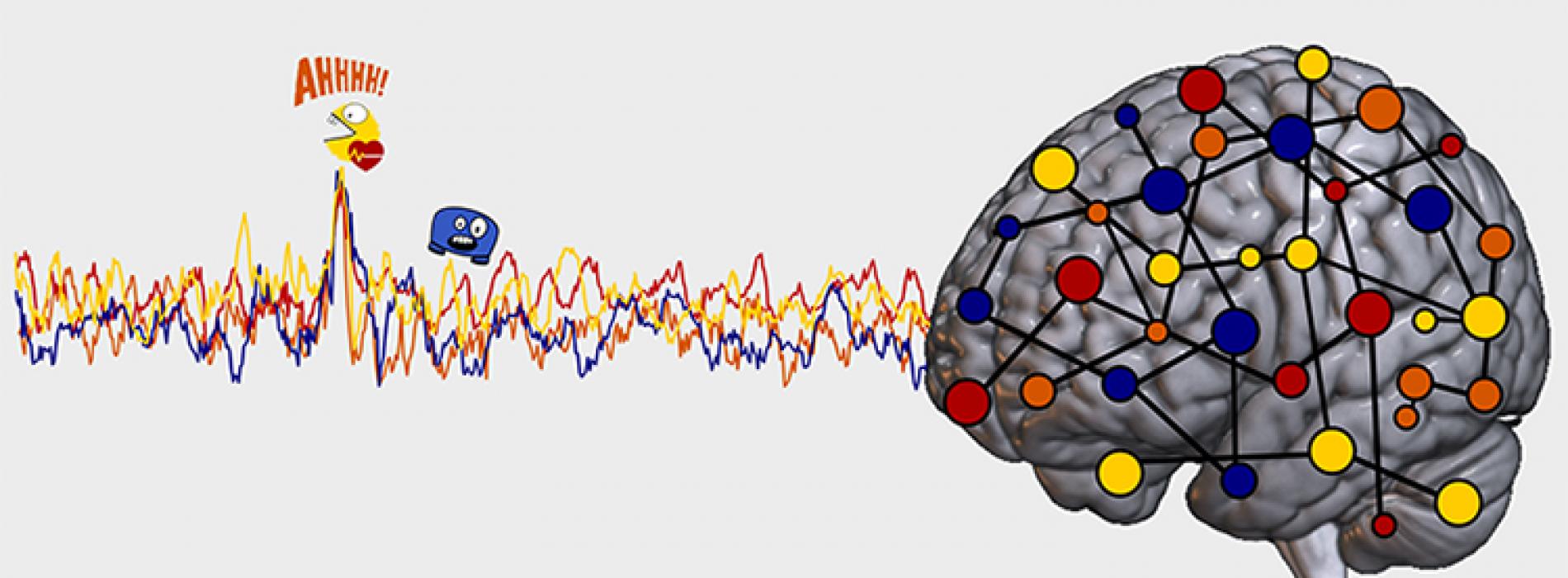
 News
News
A video game to understand the origin of emotions
The transient synchronisation between the different emotional components corresponds to an emotional state. © UNIGE/LEITAO
Characterising our emotions is the subject of much debate, as is the identification of their neural substrates. A team from UNIGE has been examining the brain components of emotions, confirming that they are the brain’s synchronised response to events.
Emotions are complex phenomena that influence our minds, bodies and behaviour. A number of studies have sought to connect given emotions, such as fear or pleasure, to specific areas of the brain, but without success. Some theoretical models suggest that emotions emerge through the coordination of multiple mental processes triggered by an event. These models involve the brain orchestrating adapted emotional responses via the synchronisation of motivational, expressive and visceral mechanisms. To investigate this hypothesis, a research team from the University of Geneva (UNIGE) studied brain activity using functional MRI. They analysed the feelings, expressions and physiological responses of volunteers while they were playing a video game that had been specially developed to arouse different emotions depending on the progress of the game. The results, published in the journal Plos Biology, show that different emotional components recruit several neural networks in parallel distributed throughout the brain, and that their transient synchronisation generates an emotional state. The somatosensory and motor pathways are two of the areas involved in this synchronisation, thereby validating the idea that emotion is grounded in action-oriented functions in order to allow an adapted response to events.
Read the full press release at the following web-site.